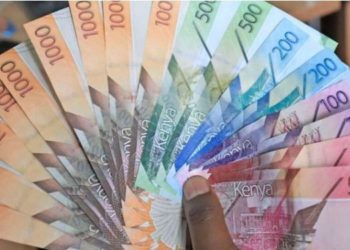Following the release of attractive financial results and dividends announcement in the Kenyan banking sector, investors have rushed to get a share of the seemingly lucrative returns.
However, investing in bank stocks requires a careful analysis of financial ratios to assess the health and profitability of the banks. In Kenya, where the banking sector is a significant part of the economy, certain key ratios stand out for investors.
The Return on Equity (ROE) is a critical measure of profitability, indicating how effectively a bank is using its equity to generate profits. A higher ROE suggests a more efficient bank.
The Net Interest Margin (NIM) is another vital ratio, showing the difference between the interest income generated and the amount of interest paid out to lenders, relative to the bank’s interest-earning assets. A stable or growing NIM indicates a bank’s ability to manage its interest income and expenses effectively.
Loan to Deposit Ratio (LDR) measures a bank’s liquidity by comparing its total loans to its total deposits. A higher LDR can suggest that a bank is aggressively lending, which could be profitable but also risky if not managed properly.
The Non-Performing Loans (NPL) ratio is essential for evaluating the quality of the bank’s loan portfolio. A lower NPL ratio means fewer loans are at risk of default, indicating a healthier credit environment.
The Cost to Income Ratio (CIR) helps investors understand how efficiently a bank operates by comparing its operating expenses to its net revenue. A lower CIR is preferable, as it suggests the bank is controlling its costs and maximizing its income.
For investors in Kenya, it’s also important to consider the banks’ Capital Adequacy Ratio (CAR), which measures a bank’s capital against its risks. A higher CAR indicates that a bank has a cushion to absorb potential losses, making it a safer investment.
Additionally, the Price to Book (P/B) ratio compares a bank’s market value to its book value, providing insight into whether a stock is undervalued or overvalued. These ratios, when analyzed together, give a comprehensive view of a bank’s financial health and help investors make informed decisions when investing in Kenyan bank stocks.
It’s advisable to look at these ratios in the context of the overall Kenyan economy and the banking sector’s performance to understand the potential risks and rewards fully.

















